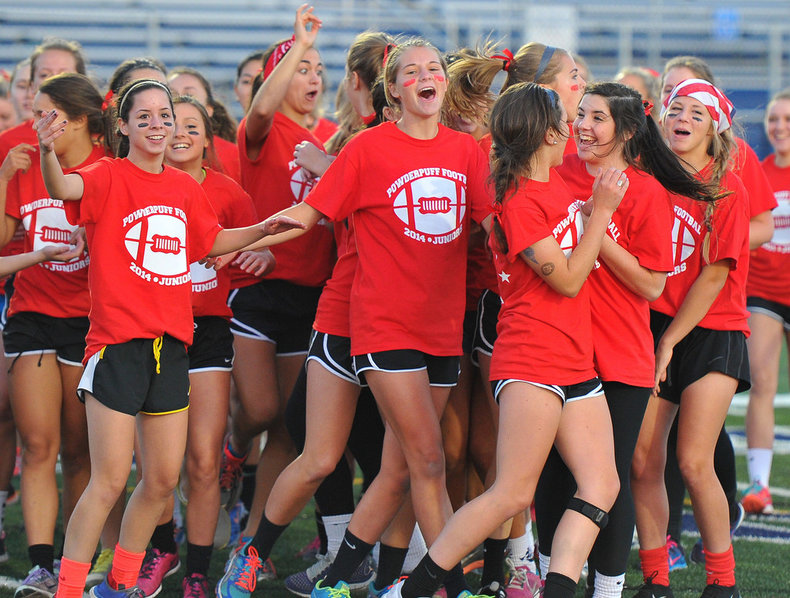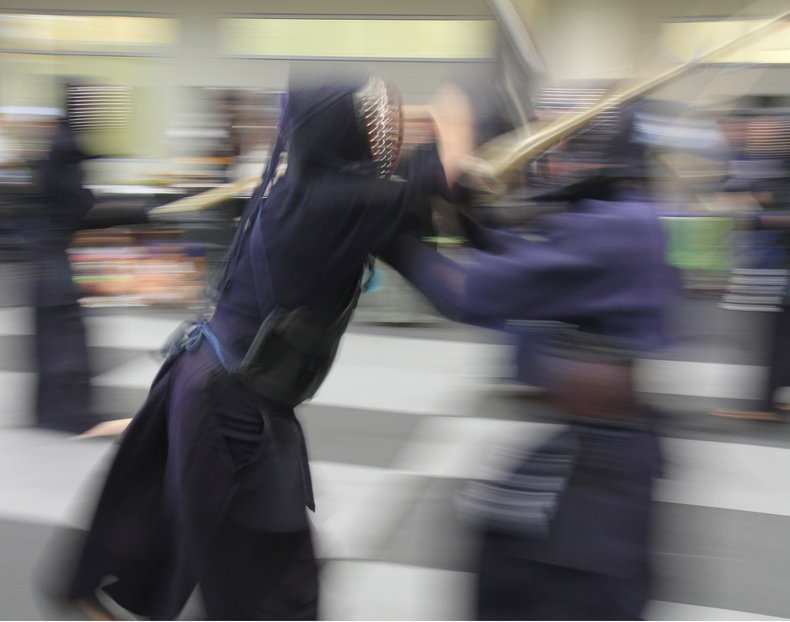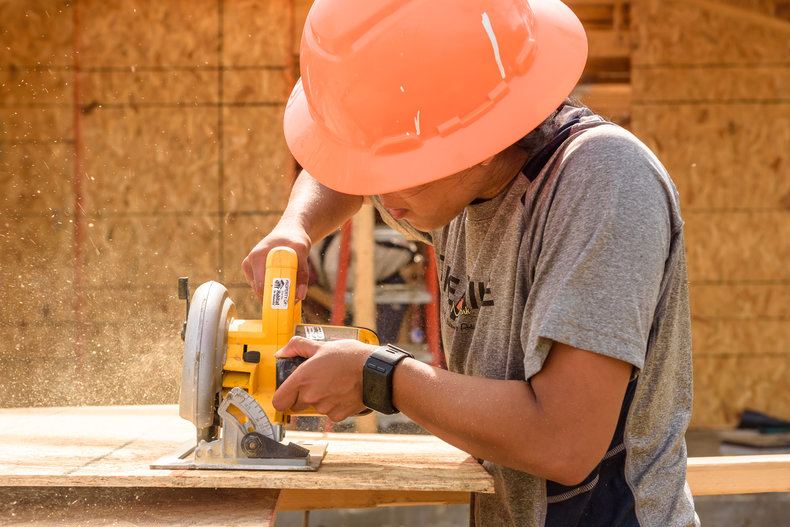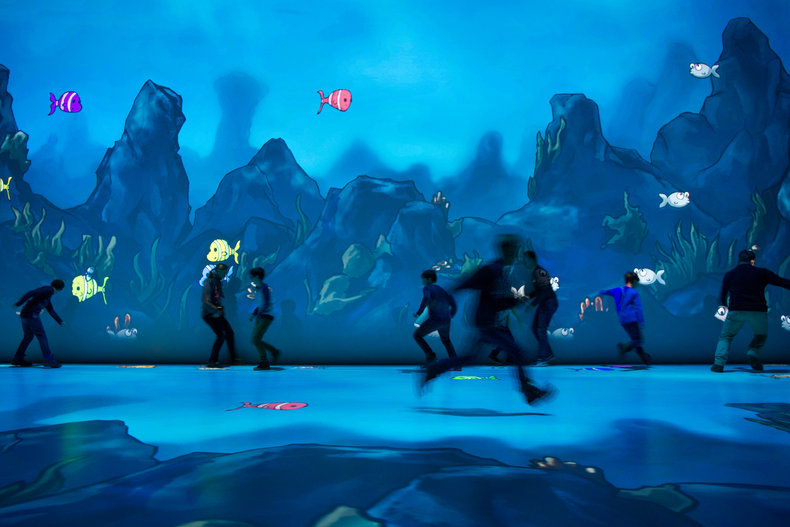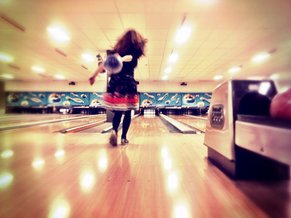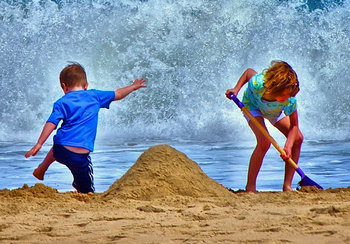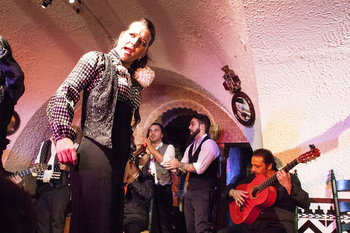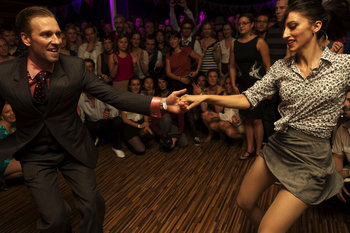|
| |
Exercise is movement of the body that has a physical benefit. This is commonly viewed as an enjoyable element of the human experience that builds character and creates a sense of self-fulfillment. Being mostly inactive is unhealthy such that exercise is a basic process for maintaining health. The following are common types of exercise.
Light ActivityActivity need not be intensive to have some health benefit†. For example, walking an hour a day would typically be viewed as an active lifestyle that would reduce a number of health risks as compared to inactivity††.Aerobic ExerciseAerobic exercise is the use of your large muscles to the extent that you put your heart and lungs to work for an extended duration. This is also known as endurance exercise and is used to describe activities such as jogging that test your perseverance.
Anaerobic ExerciseShort bursts of activity that would be unsustainable for long periods of time as they use a great deal of oxygen quickly. For example, spiriting or weight lifting. Anaerobic exercises develop your muscles, power and speed.StretchingStretching exercises that are intended to improve the flexibility of the body.Balance & Coordination Activities that involve balance, agility and coordinating the movements of the body.Talent Acquisition Exercises that build up a talent including elements of kinesthetic intelligence such as controlling your body with accuracy at speed. For example, ice skating, surfing or gymnastics.Competitive SportsHumans are inherently competitive such that we often design exercises to be competitive games known as sport. This can build a sense of achievement and act as a powerful type of motivation. Team SportsCompetitive sports performed as teams. This can involve intense social experiences such as comradery.Free PlayExercise need not be structured and systematic. In fact, this may take the joy out of it for many. Children will typically exercise when given a chance to play, particularly in the outdoors. Nature ActivitiesPeople commonly feel that time spent in nature has benefits or is simply enjoyable. Exercise can involve immersion in natural environments such as parks, forests and oceans.ReflectionExercise can include some element of reflective practice such as meditation.SocialExercise that involves social interaction and shared experience with others.TransportPeople who use their own power to commute and to perform everyday tasks such as shopping. This is related to culture and the walkability of areas. For example, an urban neighborhood with car infrastructure that is balanced with sidewalks and cycling paths. Mixed-use neighborhoods with plenty of residences, jobs and shops also encourage walking.CultureExercise can be an element of culture such as a traditional or contemporary dance.DisciplineLearning a discipline such as a martial art.ProductionExercise, particularly light exercise, is often part of a job or productive hobby. For example, construction work and similar diy tasks can certainly be considered exercise.CreativeCreative pursuits such as musical performance and drama.Mixed RealityVideo games and other immersive experiences that involve real world movement.Calculated Risk TakingActivities that involve identifying and treating risks. Generally speaking, it is the people who face risk who are good at managing it. As such, reasonable and managed risk taking can theoretically improve overall life results.ResilienceResilience is the capacity to deal with stress. This is built up by sports and activities that involve some level of risk taking, endurance or pain.Epic ExperienceActivities that people find deeply meaningful. For example, an adventure that adds to one's sense of life achievement or self-fulfillment.
Physical Activity
This is the complete list of articles we have written about physical activity.
If you enjoyed this page, please consider bookmarking Simplicable.
References†Lee, I-Min, and David M. Buchner. "The importance of walking to public health." Medicine & Science in Sports & Exercise 40.7 (2008): S512-S518.††Abou Elmagd, Mohammed. "Benefits, need and importance of daily exercise." Int. J. Phys. Educ. Sports Health 3.5 (2016): 22-27.
A list of physical activities.
The basic types of physical fitness.
The definition of active lifestyle with examples.
A list of moderate activities.
An overview of physical coordination with examples.
The definition of physical experience with examples.
An overview of physical culture with examples.
The definition of play with examples.
A list of common interests.
An overview of the physical environment with examples.
An overview of personal needs with a list of examples.
An a-z list of things that are found in nature.
An a-z list of things in the ocean.
TrendingThe most popular articles on Simplicable in the past day.
Recent posts or updates on Simplicable.
Site Map
© 2010-2023 Simplicable. All Rights Reserved. Reproduction of materials found on this site, in any form, without explicit permission is prohibited.
View credits & copyrights or citation information for this page.
|












